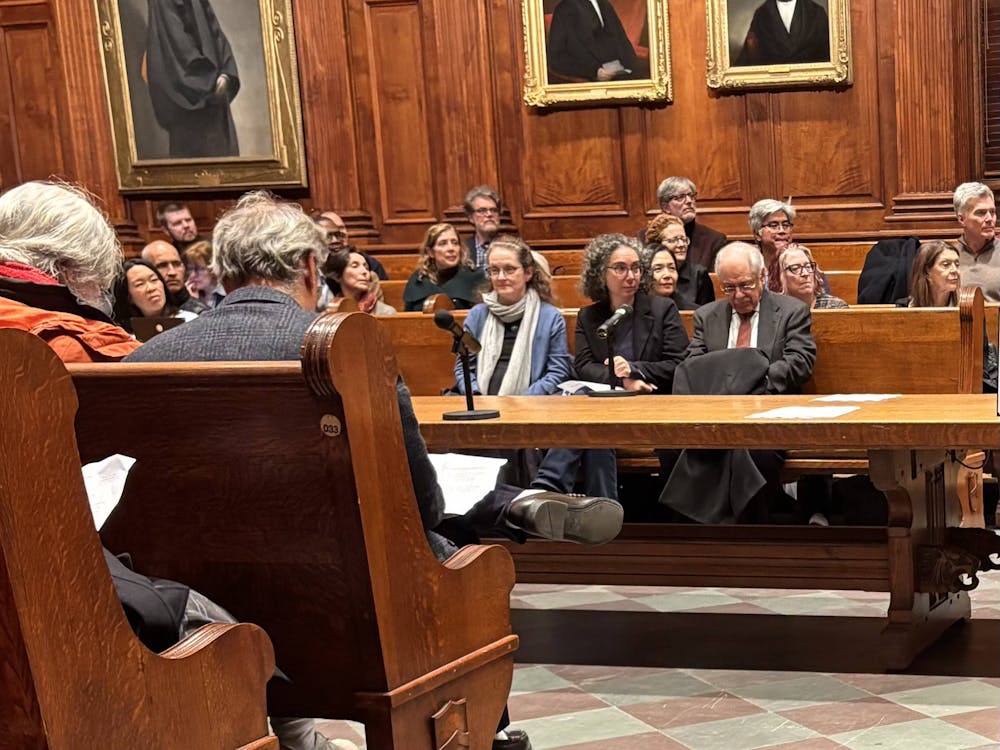The University’s 27-acre solar collector field in West Windsor was completed this summer and became fully operational in October 2012. The field, which generates 8 million kilowatt-hours of energy annually, provides about 6 percent of the University’s total energy used.
The University began the project in 2010, when the American Recovery and Reinvestment Act made renewable energy projects financially attractive by offering incentive grants. Because only for-profit organizations are eligible to receive ARRA benefits, the University collaborated with Key Equipment Finance, a firm that finances energy research, on the project.
A federal grant covered 30 percent of the solar field’s construction cost. While KEF fully owns and leases the equipment, the University intends to buy the equipment in several years’ time.
The solar collector field is one of about 50 projects that the University has funded as part of a campaign to reduce energy costs. These projects, which are funded by a $45 million allotment of the University’s energy budget, range from a heat recovery system at the utility plant to the solar panel fields.
“The future energy savings is paying for the project, is paying for that $45 million,” said Tom Nyquist, director of facilities engineering at the University.
In addition to reducing energy costs, the field’s use of solar power is also expected to reduce environmentally harmful carbon emissions. The field is expected to generate about 8 million kilowatt-hours of energy per year and reduce the University’s annual carbon dioxide emissions by 3,090 metric tons.
“The University is doing many, many things to reduce our carbon footprint and at the same time unabashedly trying to reduce our operating expenses,” Princeton Energy Plant manager Ted Borer said.
Construction of the field began in the fall of 2011 and took a year to complete, Borer explained. The collector equipment was designed and engineered by the solar energy developer SunPower Corporation.
A cable running underneath Lake Carnegie connects the University’s electrical grid with the solar field, Nyquist explained. While most of the project’s expenses were undertaken by KEF, the University spent several millions of dollars on the cable, Borer said. The University is bound to an agreement with KEF not to disclose the costs and revenue of the collector panels.
In addition to the savings and benefits of the energy generated by the field, the University also benefits from the initiative due to a state tax incentive program to encourage solar energy generation, Borer explained. The University receives Solar Renewable Energy Certificates, which can be traded as commodities to other utility groups in New Jersey that are not producing the minimum 22.5 percent of electricity that the state requires to be generated by renewable sources.
Borer said he expects the sales of SRECs to continue until the year 2020. By this time, the project is expected to pay for itself and generate additional revenue that will decrease the energy budget. When the University stops selling the certificates, it can then claim the reduction of carbon emissions as its own.
The day-to-day operations of the collector field are managed jointly by the University’s facilities engineering department and the Princeton Energy Plant.








